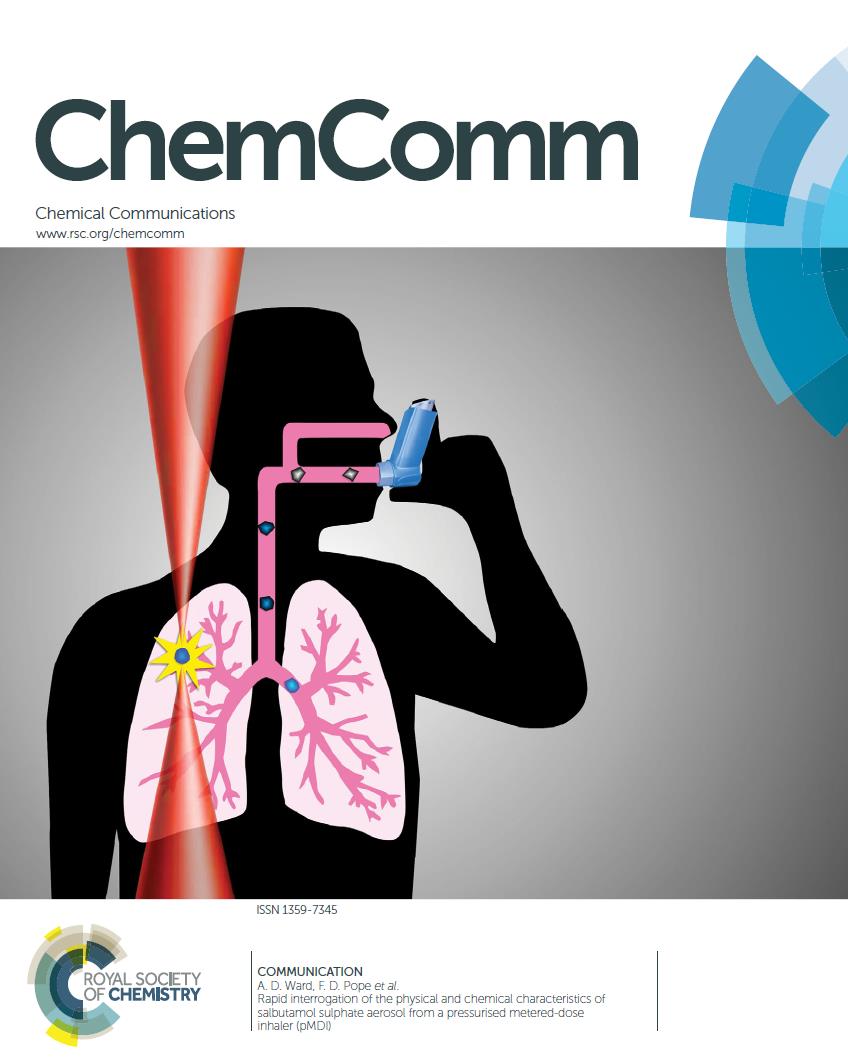 Using the Octopus laser imaging facility at the Science and Technology Facilities Council (STFC) Central Laser Facility, the scientists trapped individual solid particles of the drug salbutamol sulphate. They suspended them in air to test how they behave in conditions modelled to simulate those in the human respiratory system.
Using the Octopus laser imaging facility at the Science and Technology Facilities Council (STFC) Central Laser Facility, the scientists trapped individual solid particles of the drug salbutamol sulphate. They suspended them in air to test how they behave in conditions modelled to simulate those in the human respiratory system.
Over 73 million inhalers are used every year in the UK. By studying how the expelled drug particles might behave as they enter the human respiratory tract and travel into the lungs, this new research could lead to an improvement in the formulation of these drug delivery systems, increasing their effectiveness whilst reducing negative side effects. To overcome the natural defence mechanisms of the body, complex delivery devices and extremely small drug particles are required. These particles are typically 2-5 micron in diameter. Any moisture thatclings to the particles as they travel from inhaler to lung is likely to increase the particles' size, and this may affect the site of particledeposition within the lung.It canresult in the drug being deposited in a non-ideal site, giving rise to less effective treatment and potentially an increase in side effects.
The research could lead to more efficient inhalers to deliver drugs for respiratory problems. Our results will also inform pharmaceutical companies who may be looking to improve the chemical structure of the drug, increasing effectiveness whilst reducing negative side effects.
Dr Andy Ward (CLF Contact)
The research team comprised scientists from the Universities of Birmingham and Cambridge, Imperial College London and the STFC Central Laser Facility, based at the Research Complex at Harwell, Oxfordshire. The research was funded by STFC, NERC and the European Research Council.
